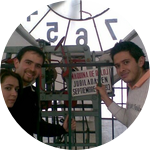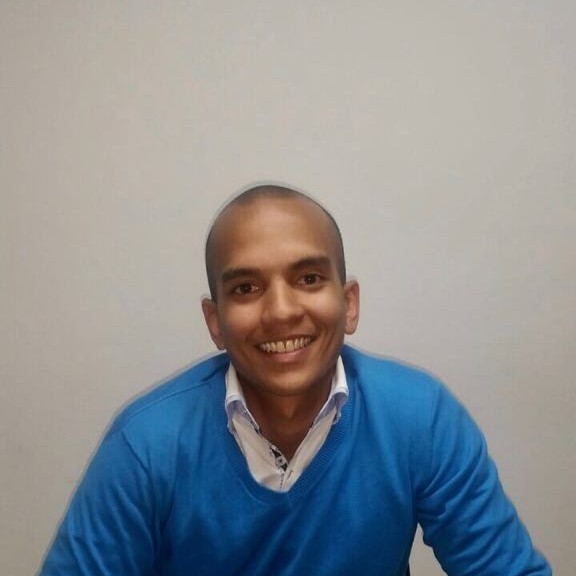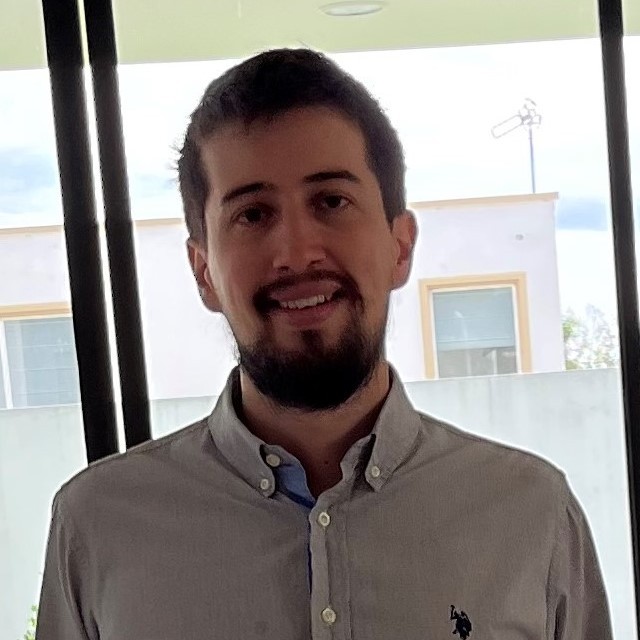About This Project
Cutting and suturing soft tissues during surgery involves precise movements. Data driven estimation has shown good outcomes in predicting the properties of soft tissues, and deep reinforcement learning environments that use real-tie physical simulation can be very accurate with surgical tasks. Our goal is to apply data estimation to the da Vinci Surgical Robot to improve its performance on cutting and suturing tasks.
Ask the Scientists
Join The DiscussionWhat is the context of this research?
Learning grasp detection with human dexterity is a remaining challenge in the robot exploration world. Several methods such as deep learning, CNNs and Unets, Q-learning and other RL methods, have been used to efficiently accomplish this objective. Manipulating soft bodies face 4 main challenges: deformations strongly impact the contact surface and object dynamics. Most grasping strategies and patterns for rigid objects are different from the ones for deformable bodies. Their physics properties are not fully understand and cannot be simulated using simple algorithms, hence FEM have shown to be an interesting tool for this analysis. Therefore, this project will contribute to reach the frontier of increasing the level of autonomy of Da Vinci robot.
What is the significance of this project?
Autonomous robotic systems will reduce the surgeon’s burden in routine procedures, such as picking tissues, cutting and suturing in an autonomous setting or telemedicine. Images from the endoscopic camera are the primary source of information in surgical procedures, hence improving the characterizations of objects and tissues will improve the accuracy and precision on visualizing those. Therefore, this study can potentially simplify the effort perform by the surgeon in long and complex procedures and in settings where there are not enough nurses and personnel to assisted the doctor during the surgery. This will help the surgeon to prioritize his/her focus on the more critical tasks. Giving robot autonomy helps increasing the precision of many tasks that are performed in suregery.
What are the goals of the project?
Our main objectives are based on training the da Vinci surgical robot to perform cutting, tearing and suturing with deformable tissues. Hence, data driven estimation through a deep learning algorithm will be used to train the robot on these tasks in an autonomous way. Furthermore, finite element analysis that will conducted using SOFA (Simulation Open Framework Architecture) will predict the behavior of the tissue and compare this with real experiments to implement these in autonomous and telemedicine interventions. The primary metrics keys for this project will be the accuracy of the predictions of different points in the tissue compared with the real experiment and the computation time that has to match on online real procedure.
Budget
These budget items will allow me to be able to defend my thesis and get my diploma. Furthermore, paying those loans will give the flexibility to work on wrapping up and setting my thesis defense because I work in my home country and have responsibilities, including family members that need my contribution. Covid restrictions for accessing labs, and other logistics and economical topics delay this project, but we have worked hard for achieving this goals. I had to go back to my home country, start working and get funds to be able to at least return to these research study. Sincerely, I enjoy what I do specially this topic that involves developing technological solutions through robotics and machine learning to provide medical solution for patients. According to Intuitive (the brand that produces these robots in the market) more than 10 million surgical procedures around the word and I guess many of you have already been benefited from this technology. Hope I can contribute!
Endorsed by
 Project Timeline
Project Timeline
The tissue handling process needs to show the expected deformation behavior while grasping and lifting it. Afterwards, cloud point data from real experiments has to be collected to use the deep learning method to predict the behavior of the soft tissue while being cut. Then, in the suturing task we face the challenge of selecting the points on the tissue on which the needle will pass by. Lastly, we need to analyze the sim2real accuracy.
Jul 06, 2023
1. Complete tissue handling in simulation environment showing deformable properties.
Jul 18, 2023
Project Launched
Jul 20, 2023
2. Complete tissue cutting in simulation environment showing deformable properties. (2 weeks)
Aug 03, 2023
3. Complete tissue suturing in simulation environment showing deformable properties. (2 weeks)
Aug 17, 2023
4. Test the sim2real accuracy. (2 weeks)
Meet the Team
Affiliates
Gabriel Iturralde
My main professional and academic experience has been focused on incorporating technological solutions to different industries through data engineer and machine learning techniques. I own 2 startups in the tech-med industry, one in the solar energy industry and I was a part-time professor at Universidad San Francisco de Quito. My two MS were focused on Biomedical Robotics and Neural Engineering with a focus on ML techniques. Here I have worked in several research projects related with using brain computer interfaces to improve the functional recovery of post-stroke hemiparetic patients. My last MS thesis is based in using advanced machine learning algorithms to manipulate human organs and tissues for surgical robots. Overall, I have 8+ years of professional experience in data engineering and machine learning engineering.
Publications:
1. Chapter XX: Ecuador a promising country for neurorehabilitation engineering success. Book: Rehabilitation Robots for Neurorehabilitation in High, Middle and Low Income countries: A roadmap for Engineers and Clinicians. Lead author. Elsevier. October, 2023.
2. Deep RL simulation framework for manipulating deformable objects for surgical robotics, conference paper.
3. BioGIGA: 6-DoF grasp detection via implicit representation with a human-like manipulator. Lead author,
4. Functional stroke recovery for post-stroke patients using brain computer interfaces (BCI), Conference paper, The University of Texas at Austin. Robotics Portfolio research day.
5. An intent shoulder exoskeleton using brain computer interfaces. Conference paper. The University of Texas at Austin. CARE Research Day.
6. Dueñas, G. G. I. (2016). Acoustic Standing Waves Modelling in Gas Solid Fluidized Beds (Doctoral dissertation, UNIVERSIDAD SAN FRANCISCO DE QUITO).
Project Backers
- 0Backers
- 0%Funded
- $0Total Donations
- $0Average Donation



